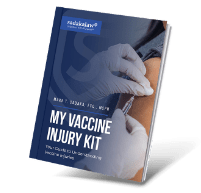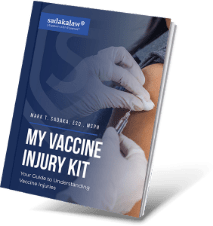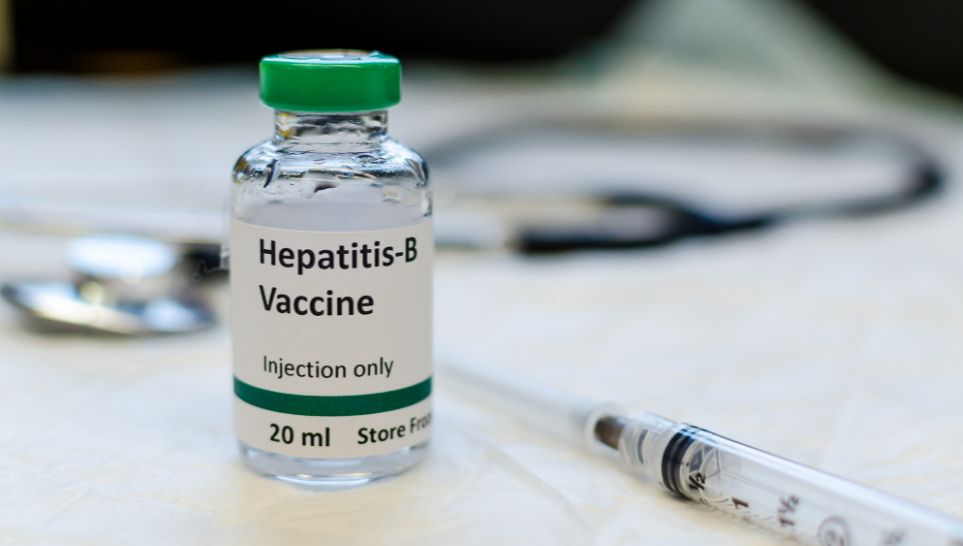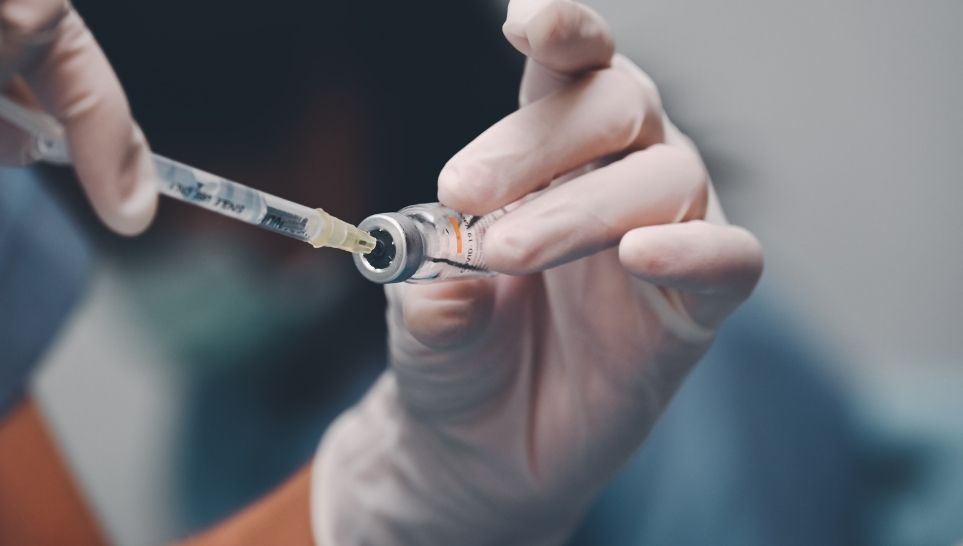If you’ve been to your doctor’s office during the fall or winter, you’ve probably seen posters announcing, “Flu shots save lives; ask for yours now!” These posters (and your doctor) aren’t wrong. According to the Centers for Disease Control and Prevention (CDC), flu vaccines prevented 7.5 million cases of the flu and 6,300 flu-related deaths in 2019 and 2020.
For all the good flu vaccines do, though, they’re not without risks. For a small number of people, the vaccine can trigger a rare condition called CIDP.
If your doctor diagnosed you with this condition, you may wonder what causes CIDP and whether compensation is available if a vaccine triggers your symptoms. Learn what you need to know about this rare condition and how to seek compensation below.
What Is CIDP?
When a doctor diagnoses you with chronic inflammatory demyelinating polyneuropathy (CIDP), your first question might be, “What is that?”
If you’re confused, that’s completely understandable. CIDP is quite rare, so few people have heard of it.
Exactly how rare is CIDP? The National Organization for Rare Disorders (NORD) estimates that only five to seven out of 100,000 people in the U.S. have the disease. Compared to a more common disease, such as cancer (with an estimated 1.9 million new cases in 2022), it’s easy to see why hardly anyone knows about CIDP.
CIDP: An Autoimmune Mechanism
CIDP is a neurological disorder that causes your immune system to attack the myelin sheath. This sheath protects the nerves that extend away from your spinal cord to other parts of your body.
CIDP has three variants:
- Monophasic CIDP: Symptoms of the disease last for one to three years and don’t occur again.
- Recurrent CIDP: The disease flares up at certain times and then improves in a cyclical fashion.
- Progressive CIDP: The disease worsens over time.
Many medical professionals think of CIDP as a more chronic form of Guillain-Barre Syndrome, which is more common than CIDP (about 3,000 to 6,000 people develop GBS per year in the U.S.).
What Are the Symptoms of CIDP?
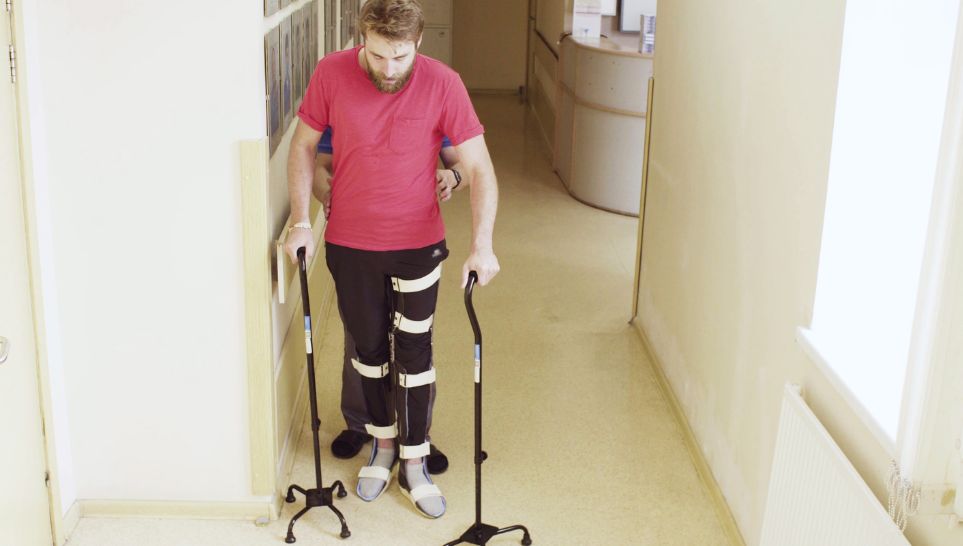
After your doctor gives you a shot, it’s normal to feel a little out of sorts for a while. CIDP symptoms, though, are nothing like typical vaccine side effects.
The first symptoms of CIDP come on slowly. They include:
- Trouble swallowing
- Sudden fatigue
- A burning feeling in your extremities
- Trouble walking or clumsiness
- Numbness or tingling that starts in your hands and feet and then travels to your arms, legs, hips, and shoulders
If the condition progresses, you might have more serious symptoms, such as:
- Loss of the ability to walk
- Loss of reflexes
- Motor function impairment
- Paralysis or loss of feeling in your extremities
Can you die from CIDP? It’s possible, but extremely unlikely. One study found that only a small percentage of people die from CIDP or treatment complications.
Diagnosis and Testing for CIDP
Because CIDP is so rare, it can be tricky to diagnose. Your doctor may confuse your symptoms with those of another, more common condition. If your symptoms last longer than eight weeks, though, your doctor might suspect that you have CIDP.
To diagnose you, your doctor will review your medical history and perform a physical exam. They’ll likely also run urine and blood tests to rule out any other conditions.
Next, your doctor will run one of two tests (or both) to diagnose CIDP. These include:
- Lumbar puncture: Your doctor will insert a small needle into your back to take a sample of cerebrospinal fluid (the fluid that surrounds your spinal cord). They’ll check this sample for elevated levels of proteins related to CIDP.
- Nerve conduction study: For this procedure, your doctor will use low electrical currents to check your nerve function and response. Poor function and response could indicate myelin damage in your peripheral nerves, which often points to CIDP.
CIDP Treatment Options
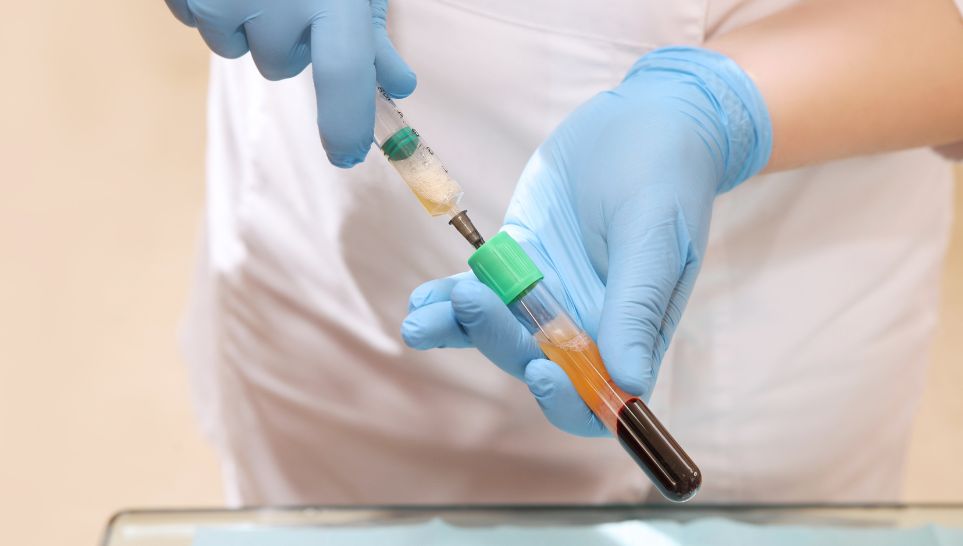
If you’ve been diagnosed with CIDP, don’t panic. John Hopkins Medicine says that up to 80% of people respond well to therapy.
Can CIDP be reversed? There’s no cure for CIDP, but with early treatment, it may be possible to reverse symptoms and live a relatively normal life.
Doctors may prescribe one of three treatments for CIDP:
- Plasma exchange: During this procedure, a doctor will remove your blood and separate it from its platelets. They will then return your red blood cells and discard the plasma, which may contain harmful antibodies.
- Corticosteroids: These steroids mimic the anti-inflammatory hormones in your body and may help you boost your strength. They’re cheap and easy to take orally, but taking them for a long time may not be healthy. Corticosteroids can cause unpleasant and sometimes dangerous side effects, such as weight gain, mood swings, high blood pressure, and high blood sugar.
- High-dose intravenous immune globulins (IVIG): During this procedure, your doctor will give you IVIG through a vein for a few hours. This procedure gives you natural antibodies from other people who are healthy.
If you’re wondering, “What is the best treatment for CIDP?” Talk to your doctor about your symptoms to determine which treatment may be right for you.
What Causes CIDP?
What exactly triggers CIDP is still a bit of a mystery to doctors. However, it’s thought that CIDP may be linked to certain vaccines.
Can You Get CIDP From a Vaccine?
Vaccines that have been linked to the development of CIDP in patients include:
- Annual flu shot
- Measles, mumps, and rubella (MMR)
- Hepatitis B
- Diphtheria, tetanus, and pertussis (DTaP)
- COVID-19 vaccine
Is CIDP hereditary? Researchers haven’t found any link between genetics and CIDP, so it’s unlikely.
Compensation for Vaccine-Triggered CIDP

If you suspect that you’ve developed CIDP after vaccination, you may be able to seek compensation through the National Vaccine Injury Compensation Program (VICP). To date, this program has paid more than $3 billion to victims of vaccine injuries.
People of any age can file a claim. You may also file a claim on behalf of vaccine-injured infants, children, and teens.
VICP pays for:
- The cost of treatment for vaccine-related CIDP
- Lost wages if you’re too injured to work
- Pain and suffering
- Physical therapy and other rehab services
If you’re eligible for the program, you’ll also pay nothing to hire a lawyer. The Vaccine Injury Fund covers legal fees, which means those costs won’t come out of your compensation award.
How Long Do You Have To File a CIDP Claim?
If you intend to make a claim with the VICP, you must act quickly because the program imposes a deadline of only three years. That means you must file your claim within three years of noticing the first symptoms of CIDP. If you miss the deadline, you will not be able to claim any compensation through the program.
Contact Sadaka Law if You’ve Been Harmed by a Vaccine
Now that you know what causes CIDP, you may be eager to file a claim with the VICP. Vaccine injury victims are free to file a VICP claim on their own, but the process can be overwhelming, especially when you’re not feeling well.
If you’d like help filing a claim or want to know more about the compensation available to you through VICP, reach out to us at Sadaka Law.
Our attorneys have helped recover millions for vaccine-harmed clients nationwide. For a consultation, call us at (201) 266-5670 today.

